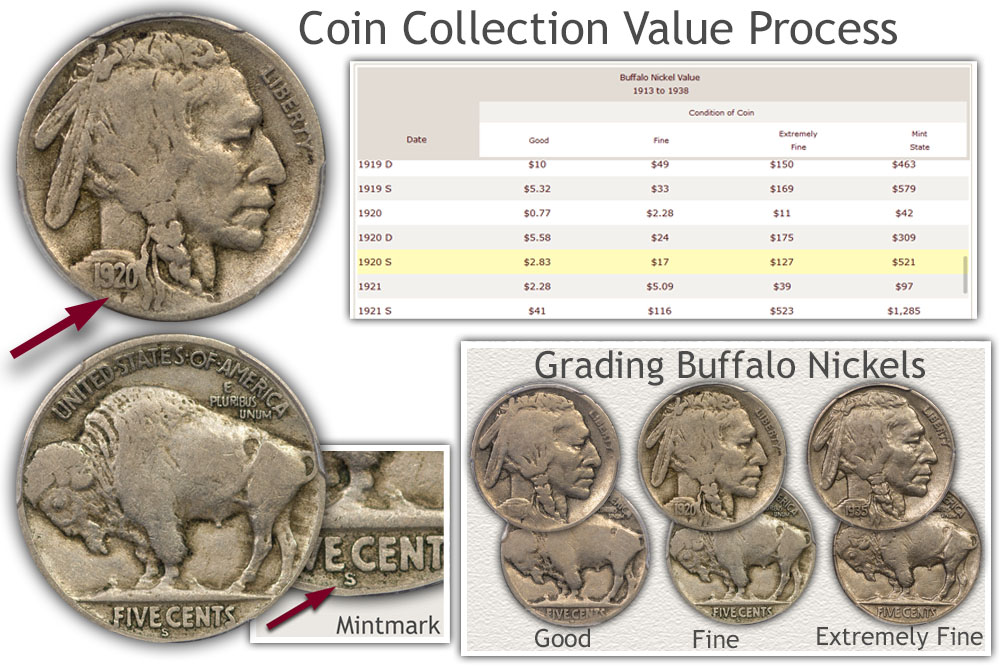
/Silver-Coins-Circulated-57ef00603df78c690f59852f.jpg)
Regardless of the condition or grade, many collectors do not consider their coin collection complete without the Lincoln Wheat penny. Now, if you’re lucky enough to have one that’s uncirculated, particularly if it’s graded by one of the major grading companies, those alone are $2,000 and $3,000 coins,” said Sorrick. Those can be worth anywhere from $700 to $1,500 depending on the coin’s grade. If you’re looking for a particular date, it can be much, much more than that.

“There are millions and millions of wheat pennies and most commonly they trade for three-to-five cents a piece. A good resource on Lincoln Wheat penny dates and values can be found HERE. If you’re interested in wheat pennies that are worth more money, Sorrick said you’ll need to have high-grade quality coins.

Given the popularity of collecting Lincoln Wheat cents, there will always be a demand for quality coins. President Lincoln was chosen as a subject for the penny to commemorate the 100th anniversary of his birth.Īny wheat penny is worth at least four cents to most dealers. Brenner designed the coin under the direction of President Theodore Roosevelt, who was on a mission to redesign our nation’s coinage. The United States Mint first minted the Lincoln Wheat penny, or “Wheatie” as they are sometimes called, in 1909. The value really comes down to a few qualities on the coins,” said Dave Sorrick, coin expert and collector at “ In God We Trust, LLC.” Between both coins, there’s a lot of varieties, so a penny is not just a penny, they’re all unique. The other one that’s very popular is the old Morgan Silver Dollar. “Wheat pennies are one of the two most popular U.S. But some are surprisingly affordable if you’re not fussy about condition.Woman wins $2M lottery prize, $1M lottery prize just months apart You’ll only find most of these at dealers or in museums. Here are some ranges based on information current at this time: But even commonly made coins can bring high prices. Rarity and condition are what determine a coin’s value, and mistakes are among the rarest. If you have one in mint condition, it’s worth over $100,000, but zinc-coated copper fakes abound, so don’t get excited until you have it professionally evaluated. Only a few were produced and none were released into circulation. The 1943 Steel Wheat Penny was accidentally struck when the Mint was converting back to copper cents from the wartime steel coins. In 1909, the Lincoln Cent was introduced to commemorate the 100 th anniversary of Abraham Lincoln’s birth and has remained in production since with several changes to the coin’s reverse design. The Flying Eagle design was made from 1856 to 1858, when it was replaced by the Indian Head cent. The modern “small cent” was introduced in 1856 to offset the rising price of copper and has had three different designs. Nearly the size of the current half dollar coin, it was the first of the so-called large cents that remained in production with seven different designs through 1857. Known as the “Flowing Hair” cent, it was made of copper and was 1 ⅛ inch in diameter. The official US one-cent coin came into existence in 1793 at the new US Mint in Philadelphia. At least 55 variations are known to exist and can have a major effect on price. Lower grade samples are still readily available for a few hundred dollars, while high quality coins are rare and sell for upwards of $20,000. Around 400,000 were made by a private contractor, of which about 1,650 are known to still exist. It was designed (probably) by Benjamin Franklin, made of 100% copper, and carried the motto “Fugio,” Latin for “I fly,” on its face, which gave it it’s popular name, the Fugio Cent. A US one-cent coin was approved by the Continental Congress in 1787, five years before the US Mint was created by an act of the US Congress.


 0 kommentar(er)
0 kommentar(er)
